Exercise and Ageing - a personal perspective and literature review
Martin Krause
What constitutes successful ageing? Maintenance of health, both cognitively, psychologically and physically. Remaining engaged with people, being curious, regular endurance and strength training, as well as getting out into nature. Ideally exercise is a life long undertaking. The following is a personal perspective of my own professional and private experiences from elite and professional sport to treating centenarians, in a private practice setting, as a physiotherapist. Hopefully, my personal perspective doesn't appear to be an exercise in narcissism, but rather an expose of my thoughts and feelings on successful ageing..
I have exercised almost all my life. I grew up in a household without a car. My parents bought their first car in the 1980's after I had finished school. My grandfather also didn't own a car. He walked everywhere. When I visited him in Germany, in the 1970's, a 30km walk was a normal thing to do. We even caught trains to some distant place and walked back through forests and along quiet country lanes. Unfortunately, he passed away at 73 years of age. His son, my father, is currently 83 years old, and also seems to have this long distance walking ability, as does his cousin in Germany who, at 84, just spent the previous European summer walking in the Dolomites and Alpes, 20-30km per day, which even involved going up 3000m mountains. So what is the elixir of successful ageing?

South Tyrol
Active transport
Having grown up, always being reliant on 'active transport', I became a great believer in running and cycling everywhere I could. I discovered long distance cycle touring and orienteering around 13 years of age. Around 14 years of age, a friend and I commenced pack cycling in the school holidays, catching over-night trains several hundred kilometres away and cycling home from various places in Australia - in both heat/drought and cold (snow in the Blue Mountains). Cycling up to 300km in a day and doing Alpine marathons and 100km trail runs, as a young adult, in Switzerland. Sport took me all over the world, to see incredible places, and meet amazing people. Some of these people were astonishingly old, such as Swiss and Swedish centenarians doing orienteering in the sleet and snow of the Czech Republic, others were dour Colombians and Cubans, who in their 70's, decided to accompany me for parts of my cycling trips, let alone the guy with just one leg - a below knee amputee, in Cuba, who rode with me for a couple of hours, telling me about his grandchildren!
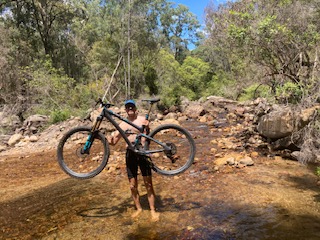
Genetics or epi-genetics?
Genetics or epi-genetics? My mother died of throat cancer at 79 years of age, whereas my grandparents died of heart failure. On both sides of my family there was a mixture of ancestors dying both old and young (great aunts and uncles dying in their 30's and 40's). My mother and grandmother survived death marches and the camps at the end of WWII, and they lived to around 80, whereas, their siblings, who were spared 4 years of terror and deprivation, lived into their 90's. Notable, they were all still active as they aged, either riding their bicycles to do the shopping or still getting farming awards for the districts (Norfolk, UK) biggest pumpkin. What they seemed to have in common, is that they also didn't seem to over-consume, in terms of calorific intake. However, they all had type II diabetes and very high blood pressure problems as well as chronic low back pain. Cognitively, they were still 'sharp' well into their 90's. Psychologically, they were a generation who grew up with hardship, expected little, and were grateful for every day, seeing 'life itself' as a bonus.
Endurance vs Short Distance Intensity
Now, I'm closer to 60 than 50. I still ride bicycles and run. However, long distance endurance activities have given way to short sharp fast activities. I took up 11 aside football (soccer) at 50 years of age, downhill Enduro mountain biking around a similar time. Traditional rock climbing is the most endurance oriented activity I do, which I took up in my mid 50's, as well as bouldering and some sea kayaking. My bike training involves 90 minutes of steep hills, to coincide with 90 minutes of football. Speed over endurance, seems to mean that the occasional adventure race of cross country marathon distances, only requires this speed training activity. At soccer, I'm still one of the fitter and faster ones in the O35 category, meaning I'm playing against people up to 20 years younger, albeit in a low division. This was not what I had expected when I was younger as I was taught, at university, "as you get older, your wear out", Tell that to my 98 year old client, with a rotator cuff injury (from a decade of lifting his wife in and out of the wheelchair), whose doing 'down facing dog' and high planks from yoga! Hatha Flow Yoga is another thing I took up in my 50's, where flexibility and stability meets deep breathing calm intensity.
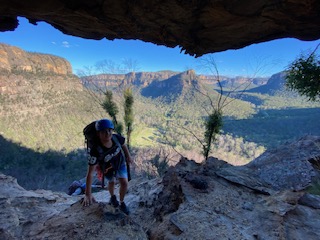
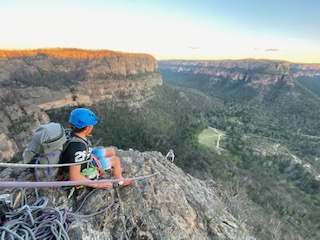
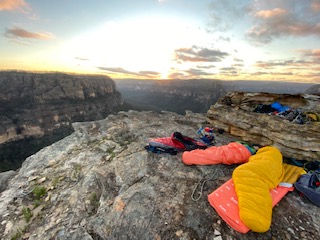
Cardiovascular deficit is thought to be a common mechanism of different types of cognitive decline. Retinal fundus photography has been proposed as a measure of cognitive decline, as narrow arterioles and wider venular diameters is associated with reduced cognitive dysfunction (with/without dementia). In a longitudinal 6 month trial, using marathon running and chronic exercise adaptation from acute bouts of exercise, investigators were able to demonstrate positive changes to arterial vasculature, as well as cognitive function. Importantly, neither acute exercise nor regular exercise fosters these adaptations, on their own, however it is the combination of the two, which stimulates vascular changes and cognitive function (Roeh et al 2021 Med Sc Sp Ex, 53, 10, 2207-2214),
The effect of exercise on blood pressure
Cardiorespiratory Fitness (CRF) and Muscular Strength (MS) are independently associated with reduced odds of having high Arterial Resistance (AS) in older adults (Albin et al 2020 Med Sc Sp Ex, 52, 8, 1737-1744). Both 'fit and weak' as well as 'unfit and strong' groups demonstrated reduced AS. Moreover, an additive affect seems to occur combining greater strength with better cardiovascular fitness. These results need to be treated with caution as low BMI in the 'fit and weak' group may actually be a pre-cursor to chronic disease. Investigations, I undertook into Sarcopenia, strongly suggest, that the maintenance of muscle mass is critically important, to the immune and metabolic systems, as the protein reservoir residing in muscles can be used by the immune system, whilst the muscles themselves act as a metabolic 'glucose sink' via glut 4 receptor sites. See elsewhere on this site for further information.
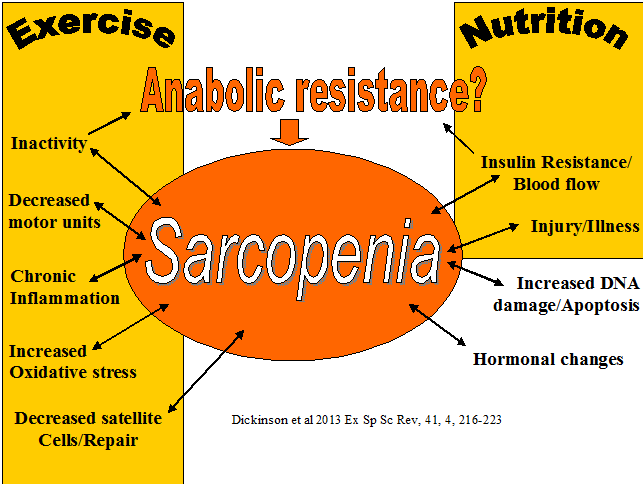
Respiratory resistance training has also been advocated for reducing AS. Investigators found that when compared to the control group, systolic and diastolic blood pressure decreased significantly with unloaded breathing by means of 7.0 mmHg (95% CI 5.5 to 8.5) and 13.5 mmHg (95% CI 11.3 to 15.7), respectively (laboratory measures). With loaded breathing, the reductions were greater at 18.8 mmHg (95% CI 16.1 to 21.5) and 8.6 mmHg (95% CI 6.8 to 10.4), respectively. The improvement in systolic blood pressure was 5.3 mmHg (95% CI 1.0 to 9.6) greater than with unloaded breathing. Heart rate declined by 8 beats/min (95% CI 6.5 to 10.3) with unloaded breathing, and 9 beats/min (95% CI 5.6 to 12.2) with loaded breathing (Jones CU, et al 2010. An inspiratory load enhances the antihypertensive effects of home-based training with slow deep breathing: a randomised trial. Journal of Physiotherapy 56: 179–186). Read further..
From a personal perspective, higher intensity exercise seems to improve my muscle strength and agility, whilst encouraging deeper breathing. Flow style Hatha Yoga also encourages deeper breathing along with muscular stability and flexibility. I find that, when comparing the beginning to the end of a yoga session, I feel I'm breathing three times deeper!! Kayaking adds to my thoracic flexibility and abdominal length and strength, thereby freeing the diaphragm, whose myofascial attachments, to the hip flexors, allows for protective mobility around the abdominal aorta and vena cava. However, I still grapple with blood pressure issues.
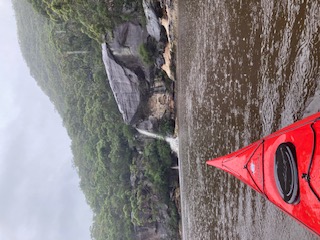
BMI
Body mass index seems to also play a pivotal role. Too much weight versus not enough weight - endomorph vs ectomorph. Too little muscle mass versus too much 'puppy fat'.
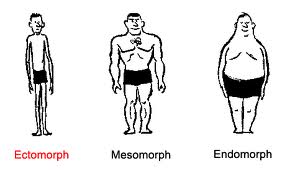
In my early 20's, when i was highly competitive, with elite orienteering and road cycle racing, my ideal body weight was 73kg and when I wasn't as fit, it went down to 69kg. Now I hover around the 76kg range, whilst being 188cm (6'3'') tall. We know that belly fat increases insulin resistance. We also know optimal exercise improves the power to weight ratio.
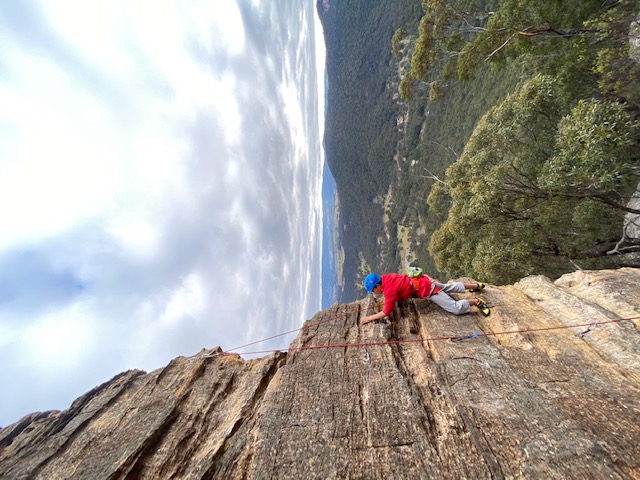
Optimal Exercise
What constitutes optimal exercise? In my experience, there is nothing healthy in elite exercise. Blinded one eye dogged determinism to achieve some form of 'singularity' at an 'event horizon' certainly is seen as a noble attribute, steeped in the history of 500 Spartans fighting an entire legion of Romans, gold medals at the Olympics and other heroic feats of athleticism. Whilst, creating a great story, which can mobilise an entire generation to become active, as was seen in Spain after the Barcelona Olympics, it can come at a price in some athletes. During the Sydney Olympics, I was talking to the dentist at the Olympic Village Medical Clinic and he stunned me, when he told me that some of the American athletes had borderline scurvy and gum disease let alone poor teeth. He felt that, although they were often on college scholarships, they were trained hard, and only good for one Olympics!!. Only good for one Olympics is what Charlie Walsh, the legendary Australian track cycling coach, said in Adelaide (2009), as the toll on the body, was too severe to expect more than an Olympics and maybe a World Championships out of an athlete.
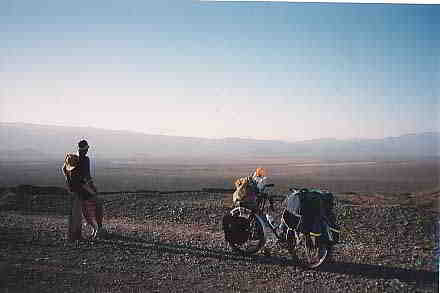
High Desert, Argentina 1990 - on the way to Passo de Aguas Negras
I started long distance cycle touring, or pack cycling, at 12 years of age. At 26 years of age, school friends and I cycled half of South America on the very first versions of Mountain Bikes. Altitudes of up to 5000m, temperature in access of 50C during the day, below zero at night, bikes weighing 30-40kg, due to the need to carry spare parts, food for up to 10 days, water for 2-3 days. An amazing experience on the back of a lifetime of endurance training. We now know, that such extremes can lead to heart damage (Cardiomegaly), stress fractures, skin cancers, excessive weight loss, etc.
I remember a client, the late Hilton Harris, who I had known in Wentworth Falls, in the Blue Mountains. He was 99, and still played 10 rounds of golf. He even bought a house at the top of the 2nd fairway. He told me that the secrete to musculoskeletal longevity were a 'good pair of boots and a good pair of socks' and don't do anything in the extreme. Another 97 year old client, the late Mr McAlpine, was still playing competitive lawn bowls and he felt that 'active exercise had to be interactive'.
Dolf, the 95 year old Swiss Orienteer took up serious, regular, cross country skiing in his 60's, because a doctor told him that it would be good for his chronic low back pain. He even went as far as to buy a farm house in Kandersteg to do so. He was recently interviewed on Swiss National Television.
Currently, I have an ex Naval Admiral, who at 98 years of age, is looking to buy a treadmill for his home, and whom I've gotten to a point where he is doing 'down facing dogs', high planks and 'up facing dogs' from yoga for his rotator cuff injuries. He was on a British Battle Cruiser. The Repulse, which was sunk off Singapore, 3 weeks before it fell to the Japanese in WW!!. He has a remarkable attitude to life.
What I find with the current half a dozen or so centenarians whom I'm treating, is that they are cognitively incredibly astute, can hold a conversation, still have that curiosity to learn new things and are socially adept and active. None of them had easy lives, surviving war and the great depression. The late Margaret Palmer, was still travelling the world until 98 years of age. At 95 she went to French language school for a month in Strasbourg. The teacher even took her to an Etappe of the Tour de France. At 96, I suggested she go to Hakone hot springs in Japan - which she entertained but ended up going to Hamner Springs in New Zealand instead.
Muscle memory
Muscle memory is something which has been often talked about, but remained only anecdotally proven. I came to fatherhood, late in life. I was 40 when my son arrived. Because, my wife and I, were surrounded by much younger people, we adapted our physical activity to accommodate the younger mindset. When my son was 5 years of age, I commenced coaching his soccer team, which I did till he was 12. During that process of teaching kids every trick, I realised that, although I wasn't a good player when I was young, I was very good at learning how to do things when I was older. Attention to detail and technique are some of the benefits of teaching. This lead me into playing full 11 aside soccer at the age of 50.
In the same year, when I turned 50, I participated in the Quebrante Huesos cycling Etappe (205km, 4000m climb) in the Pyrenees, with Angel and an ex Tour de France cycling buddy of his, from Barcelona. I cycled back to Barcelona over 5 days after the event. Some 800km and 17000m of climbing later I decided that long distance cycling was no longer for me. Although a great and unforgettable experience, where I met lots of really interesting people, both on the road and in hotels, I'd realised this was too much. Many of the French people I met were curious about 'le Kangaroo avec la sac a dos'. Quite often I was seriously late for the Plat du Jour, where in one instance, the barman looked at me and said 'I suppose you'll eat anything!". He made me the worlds biggest baguette and in the same establishment, I met a young couple from New York, whom at a whim, bought charter flight tickets to an airport near Barcelona so they could walk the entire length of the Pyrenees. The girl was the instigator of their adventure, full of expression and excitement and wanting to know more about my adventure, whereas the boy looked like he was about to die. Ironically, I was probably looking at my own reflection, because how he looked, was the exhaustion I was feeling. I will never forget that moment, which is etched into my memory.
Muscle memory is probably a combination of neurophysiological-cognitive factors as well as muscle - immune peptides. Researchers have found that exercise induces different molecular responses in trained and untrained human muscle (Moberg et al 2020 Med Sc Sp Ex, 52, 8, 1679-1690). Their findings demonstrated that several key regulatory genes and proteins involved with muscle adaptation to exercise are affected by previous training history. I consider the human evolution out of Africa as a classic example of using our muscles to propel us forward, hunt and gather, whilst encountering new pathogens and dealing with injuries on the way. Could the long distance cycling experience, or the objective of ageing, also be a journey of survival? The interactivity of group activity, leading the cycling peloton amongst friends may presumably drive the immune response, whilst the gym workout, maintains the strength needed for the endurance activities to take place?
Fine tuning the immune response of muscles through exercise
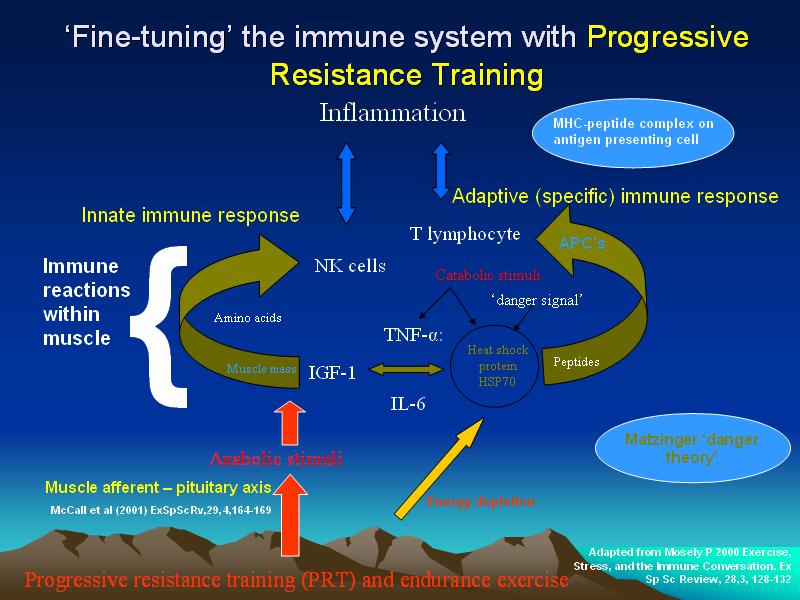
Community
 .
.
Hunter and Gatherer - Nomads

Arresting cognitive decline
Arresting cognitive decline is a key ingredient to successful ageing. Dr Phil Cremer, neurologist at RNSH, has often told his clients to walk every day to help prevent cognitive decline. Exercise is perhaps one of the best preventatives of cognitive decline due to the thermogenic nature of it's activity. The Laws of Thermodynamics, conservation of energy, and oxidative stress are all at work within the musculoskeletal system. Together with the brain and gut, these sensors unleash the most powerful immune regulatory system. The human gut has more species and biota than there are stars in the universe. The muscle energy metabolism establishes a symbiotic relationship with the gut energy biota, whilst the brain drives the muscles in the need for the acquisition of food. In our 'hunting and gathering' days, this was all nicely balanced out, today we can order our groceries and even pre-prepared food, on-line. Essentially, stress of hunger and hence hunting, was dealt with, by the immune system interacting with the brain, muscles and gut. How does the immune system deal with stress in the modern world and without physical and interactive social activity, is it this, which drives cognitive decline?

Group activity, exercise and cognitive responses
The more we feel cognitively and physically in control within our environment, the 'Goldilocks' sweet spot of stress can be found. Allostasis is our ability to adapt to various psychological and physiological stressors. Cycling through extreme heat and altitude in South America with some dehydration and calorific compromise might be just such an allostatic process, whereby, in my case. I adapted nicely due to my prior training background and because I was with friends. Whereas, my OTT Pyrenees cycling experience, I actively sort out company, as the trip back to Barcelona was on my own. I wonder whether my mother, at 6 years of age, would have survived on her own, if she weren't with her 8 year old brother and later their mother during WWII? Their mother definitely wanted to end their lives by jumping into an ice crater (January 1945), created by a bomb on the frozen river, only that her children protested 'wir wollen leben' - we want to live.
Exercise activates key cellular energy sensing pathways which can directly and indirectly influence other hallmarks such as glutathione (GSH), and vascular endothelial growth factor (VEGF). Brain Derived Neurotrophic Factor (BDNF) release improves glial cell activation and modulation of inflammation, increases neurogenesis and neuronal connectivity, improves neural stress response, calcium homeostasis and DNA repair. Furthermore, habitual exercise improves regulation of oxidative stress and general central nervous system mitochondrial function and regulation (Wahl D et al 2021 Novel Strategies for Healthy Brain Aging. Ex Sp Sc Re, 49, 2, 115-125).
Aerobic fitness and cognition
As mentioned earlier, a lot can be learnt through the assessment of the eyes. Spontaneous eye blink rate (sEBR) mediates the association between aerobic fitness and executive function through pre-frontal aerobic efficiency via a brain dopaminergic functional pathway (Kuwamizu et al 2021, Med Sc Sp Ex, 21, 7, 1425 -1433). Stress makes us blink!
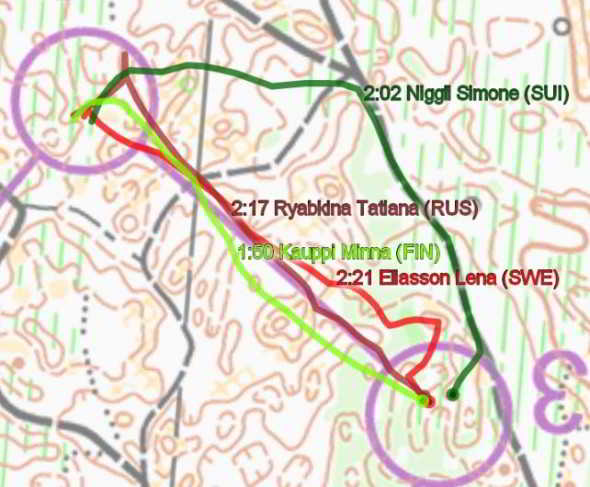
Orienteering is a very good sport where the demands of moving through terrain are both physical and mental. Belonging to an orienteering club is like belonging to a big family. Moreover, people can do this sport into their 90's. Read more
 ...
...
Contextual memories, health, allostasis and muscular immune response
Successful ageing isn't for the faint hearted. A myriad of musculoskeletal and health issues can arise, as well as questions of ones own self-worth in a tribe. From my anecdotal and professional experience, I would be inclined to say that the best way to age successfully, is through group physical activities which are cognitively engaging, stimulate the muscle-immune-brain-gut axis and take people on a journey of self discovery and ideally involve nature.

Uploaded : 30 September 2021
Updated : 07 November 2021




